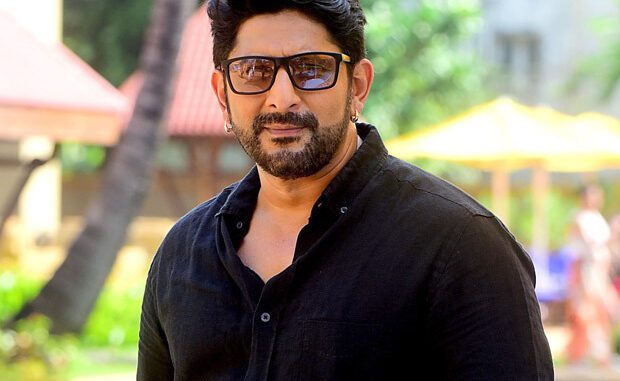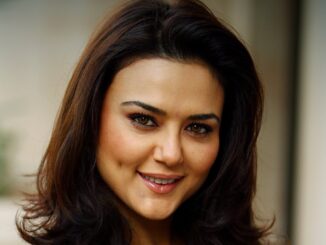
In a candid conversation with the media, veteran actor Arshad Warsi offered a sharp critique of contemporary Hindi cinema, suggesting that the industry has increasingly locked itself into a comfort zone—eschewing originality for familiar formulas. Among the few films he believes managed to break through is the sleeper hit Saiyaara, which he says succeeded precisely because it dared to be something else.
A Risk-Averse Industry?
Warsi didn’t mince words. He began by drawing attention to the business side of filmmaking, observing:
“Let’s look at how many movies we’re making and how many are actually doing well – the math is clear.”
He argues that instead of innovating, many producers and filmmakers are simply chasing the next “safe” hit:
“Somewhere down the line, I feel we don’t take chances anymore. We just don’t. Especially in Hindi cinema – we try to play it as safe as possible.”
Warsi further pointed out the trend of big-budget “super-hero-type” fare dominating screens, and how this affects the representation of more grounded, relatable characters:
“For example, now that superhero-style movies are working, every film seems to be following that pattern. Ever since ‘RRR’, it feels like every hero has become a superhero. Where are the real people?”
The Case for Creativity: Why ‘Saiyaara’ Matters
In the midst of these remarks, Warsi highlighted Saiyaara as an example of what happens when a film does take a risk. He emphasized how the film defied expectations: two newcomers in lead roles, a simple love story, no flashy superhero angle — yet it connected.
“Saiyaara worked beautifully, despite releasing at a time when superhero-ish films were dominating. It was just a regular love story, but it worked because they took a chance. No one expected that.”
Warsi used this instance to argue that audiences are open to fresh content — if given the opportunity. He urged filmmakers and producers to back more such stories:
“The commercial kind of cinema does work, and there’s nothing wrong with that. But if you have the money and the facilities, take a bit of a risk. Try something different. It might just appeal to the audience a lot more. It has always worked.”
A Broader Reflection: What’s at Stake?
Warsi’s critique doesn’t stop at one film or one genre. He casts a wide net over the industry, expressing concerns about the creative landscape:
-
He believes finding a good script, with the right team, is becoming a rarity.
-
He attributes much of the stagnation not to writers or directors alone, but to the decision-making power of producers who favor “what works” rather than “what’s new.”
-
He stresses that when all the departments — writing, directing, acting — align, that’s when cinema truly thrives; but when one link falters, the film suffers.
The Takeaway
In short, Arshad Warsi’s message is loud and clear:
Risk less = Creativity less = Audience disengagement more.
He holds up Saiyaara as proof that taking a chance can pay off — and that Bollywood might benefit from doing more of that.
Whether the industry heeds this advice remains to be seen. But for now, the actor has used his platform to challenge the “safe” status quo and invite a shift toward more daring storytelling.
Would you like me to pull out direct quotes from Warsi’s full interview or look into how Saiyaara performed commercially and critically as a case study?
The Bigger Picture: The Need for Evolution
Adding to his reflection, Warsi emphasized that Bollywood must evolve with its audience. He noted that viewers today have access to global content through OTT platforms and are more open-minded than ever. “Audiences have changed — they’ve seen world cinema, they know quality, they understand story and character. You can’t feed them the same formula again and again,” he said. Warsi believes that unless the Hindi film industry learns to adapt and experiment, it risks losing its creative identity and its connection with the masses. “If we keep recycling the same stories, we’ll eventually stop surprising our own audience,” he added.




